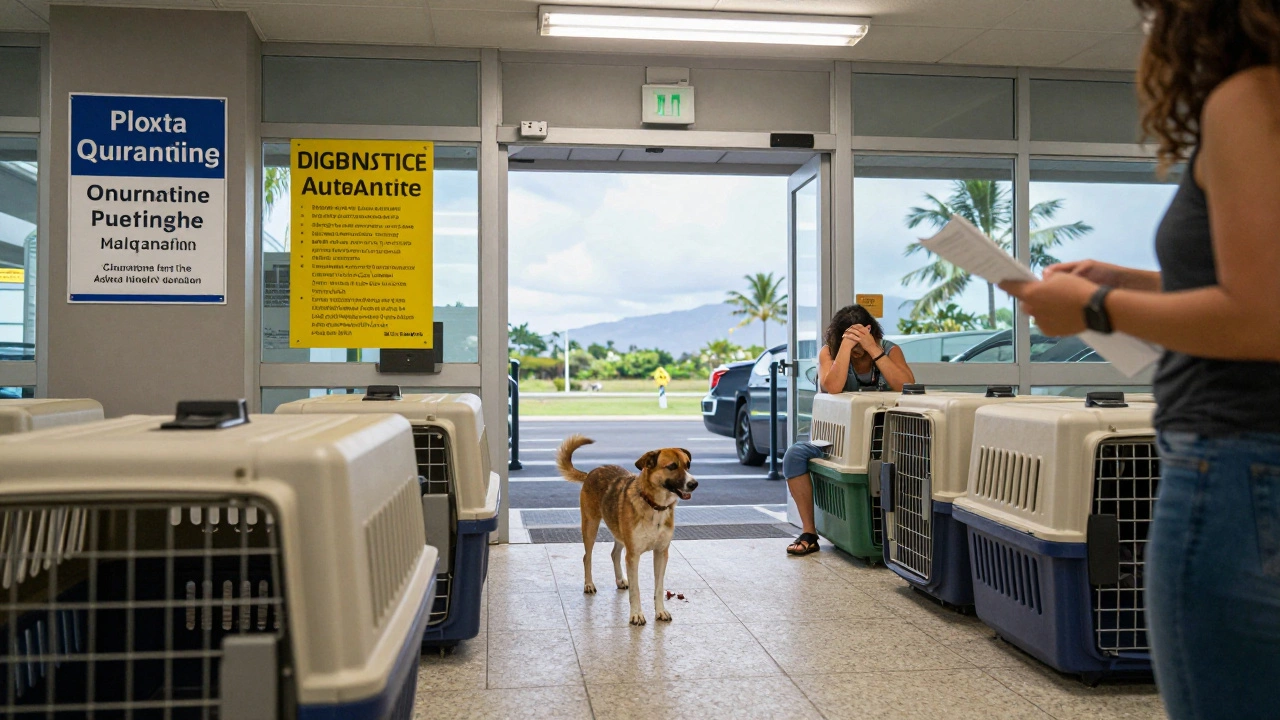Pet Travel Laws: A Practical Guide for Dog and Cat Owners
If you’re planning a trip with your furry friend, the first step is to sort out the legal side. Ignoring pet travel laws can mean your pet gets turned away at the airport, a costly delay, or even a fine. Below you’ll find the essential rules, the paperwork you’ll need, and the most common airline requirements.
Key Documentation for Pet Travel
Every country asks for proof that your pet is healthy and properly identified. In the UK and EU, a pet passport is the gold standard – it includes a microchip number, a rabies vaccination record and a tick‑borne disease test if the pet is moving from a non‑EU country.
For trips to the United States, the USDA requires a health certificate issued within 10 days of travel. The certificate must list vaccinations, a recent health check, and the microchip details. Some US states also need a specific rabies tag, so double‑check the destination state’s website.
When you travel by sea, the cruise line may ask for a separate veterinary health form. Keep all original documents in a waterproof folder; copies won’t be accepted by most border officials.
Common Rules When Flying with Dogs and Cats
Airlines treat pets differently based on size. Dogs under 8kg usually travel in the cabin if you buy a pet seat, while larger dogs go in the cargo hold. The cargo hold is pressurised and temperature‑controlled, but you still need an airline‑approved carrier that fits under the seat.
Most carriers require the pet’s crate to be IATA‑approved – that means it must have ventilation holes on all sides, a secure lock, and a water bowl that fits inside. The crate’s dimensions are limited, so measure your pet and the carrier before you book.
Airlines also set a weight limit for cabin pets, typically 8kg total (pet plus carrier). If your pet exceeds that, you’ll need to book cargo space and pay the cargo fee, which can be up to 4‑5 times the cabin price.
Vaccination rules are strict. Rabies shots must be given at least 21 days before departure and be valid for the duration of the trip. Some countries demand an additional tapeworm treatment 24‑48 hours before arrival.
When you fly internationally, check if the destination requires a blood‑rabies titre test. This test proves the vaccine worked and must be done at an approved lab at least 30 days before travel.
Don’t forget to label the carrier with your contact details, the pet’s name, and a “Live Animal” sticker. A recent photo of your pet attached to the label can help staff identify the animal quickly.
Arrive at the airport early. Most airlines ask you to check in at the cargo desk at least two hours before departure for international flights, and one hour for domestic trips. This extra time gives staff a chance to verify paperwork and inspect the carrier.
While you wait, give your pet a chance to stretch and drink water. A calm pet is less likely to get stressed during the flight.
If you’re booking a flight with multiple legs, verify that each airline on the itinerary accepts pets. Some carriers have a no‑pet policy on certain routes, which can force you to re‑book.
Finally, keep up with any COVID‑19 related animal travel updates. Some countries temporarily suspended pet entry or added extra testing requirements.
Following these steps will keep you on the right side of pet travel laws and make the journey smoother for you and your companion. Safe travels!
Posted By Bryndle Redding On 4 Dec 2025 Comments (0)
What States Are Not Dog Friendly? Where You Can't Bring Your Dog on Vacation
Some U.S. states have strict rules that make traveling with dogs nearly impossible. Learn which states restrict dogs on beaches, trails, and in hotels - and what to do instead.
READ MOREPosted By Bryndle Redding On 28 Jan 2025 Comments (0)
Understanding Dog Safety Laws: Leaving Dogs in Cars
With many states in the U.S. implementing laws against leaving dogs in cars, it's essential for dog owners to be informed as they plan their travels. These laws are designed to protect pets from extreme temperatures and neglect. This article provides insights into the states where such laws exist and offers useful advice for ensuring your furry companion's safety during road trips. It also includes tips for what to do if you see a dog left alone in a car.
READ MORE
